Cooktop and Stove Repair in NYC | Volt & Vector
Volt & Vector Appliance Repair
Gas or electric, we handle surface burner issues, spark problems, and unresponsive knobs. Safety-checked, flame-tested, and calibrated.
Local techs
+1 (332) 333-1709
Updated:
November 20, 2025
180-Days Warranty - $99 Diagnostic Fee - Brooklyn & Manhattan
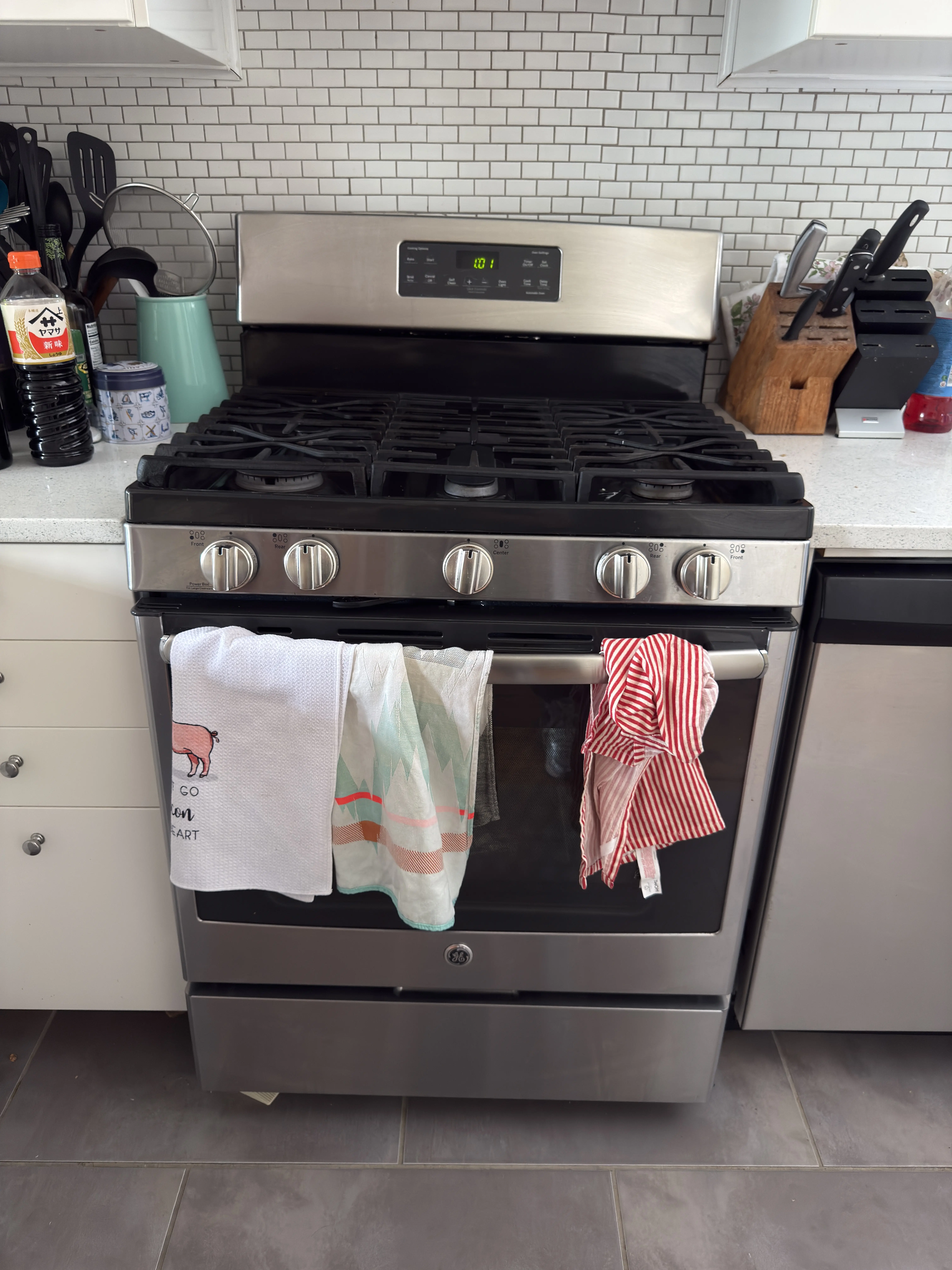
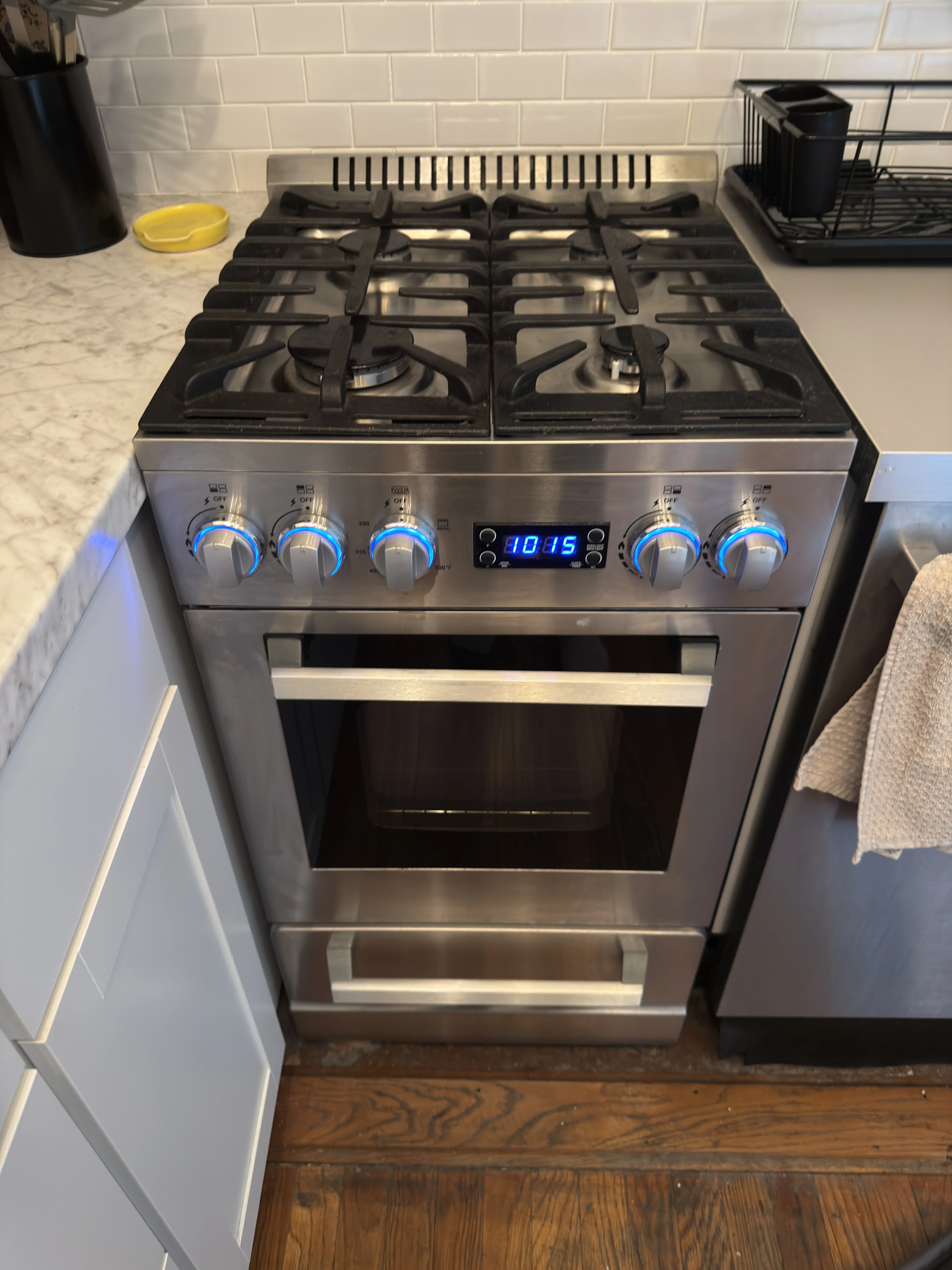
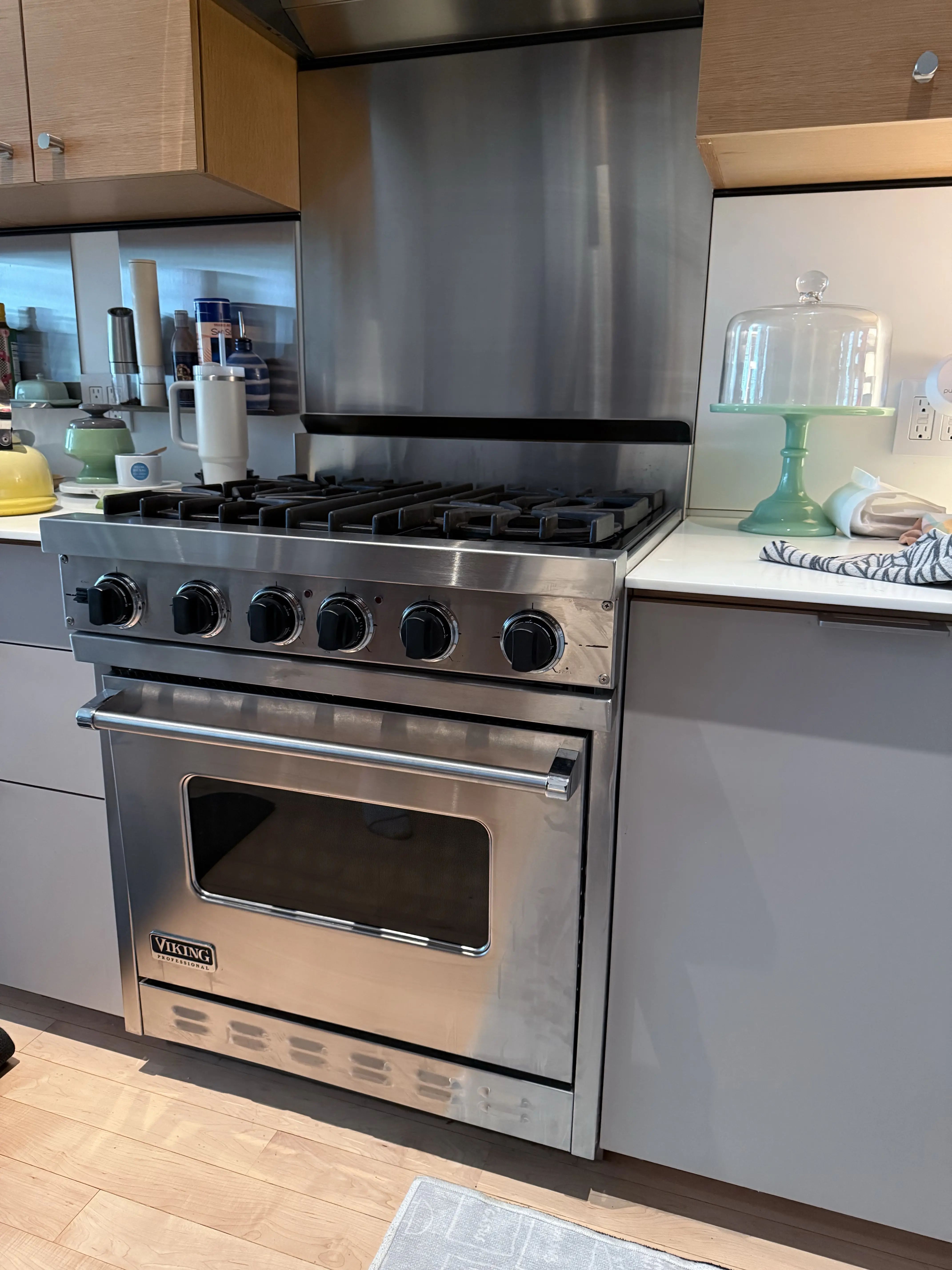



.avif)
We Repair & Service All Major Appliances
Finding a reliable local appliance repair company you can trust is easy with Volt & Vector. Our technicians are trained and equipped to diagnose and repair all major brands and models. Learn more by visiting the service pages below.
Cooktop / Stove Repair
Cooktop Repair — Gas, Electric & Induction (Precision Matters)
When a cooktop fails, it derails the whole kitchen. The root cause is almost never “random.” On gas, most failures trace back to ignition modules, hot-surface igniters/spark leads, burner caps/ports, valve solenoids, or installation issues that starve the flame of air. On electric and induction, culprits are typically elements, infinite switches, sensor/touch interfaces, relay or power modules, and—more often than people think—cooling path restrictions that overheat boards.
You’ll notice it as no-ignite or nonstop clicking, a faint gas smell, dead or stuck-on burners, zones that pulse or drop out, or an unresponsive glass touch panel. We don’t guess at these faults; we diagnose live—under heat, spark, and load—because problems rarely appear on a cold bench.
Symptoms That Point to the Real Problem
- No-ignite or endless clicking (gas): wet or mis-seated caps, clogged ports, weak spark module, cracked igniter lead, or poor grounding.
- One burner weak, others fine (gas): partial port blockage or valve calibration drift; sometimes a cap that’s not truly level.
- Faint gas odor on attempts: delayed ignition from dirty ports or weak igniter; handle promptly.
- Electric coil/glass-top zone won’t heat: open element, failed infinite switch, or relay that won’t close under load.
- Zone stuck on “high” (electric): welded relay or failed infinite switch; turn power off and book service.
- Induction cuts out under heavy pots: thermal throttling from dust-clogged cooling, failing fan, or a fatigued power module.
- Unresponsive touch controls: contaminated membrane, low-voltage board fault, or noise from a failing power stage confusing the UI.
Why We Diagnose Live (and not just “meter and hope”)
Cooktops behave differently at temperature. Spark voltage, flame stability, coil resistance, fan RPM, and board behavior all shift once heat and real cookware enter the picture. That’s why our visit starts with a controlled live run, not just continuity checks. We watch time-to-ignite, flame shape, element current draw, induction power stability, and panel response while the system is actually working.
Our Method: Observe → Hypothesize → Test → Fix → Verify
Observe. Short functional runs per burner/zone. For gas, we watch ignition speed, flame color, and stability from simmer to high. For electric/induction, we verify ramp-up, power cycling, and whether protection kicks in early.
Hypothesize. We map symptoms to the platform:
- Gas: spark module/lead → burner cap alignment → port cleanliness → valve calibration/air mix.
- Electric: element health → infinite switch behavior → relay board output.
- Induction: fan and airflow → thermistors → power module integrity → cookware compatibility.
Test.
- Gas: spark strength at the electrode, continuity/grounding, port airflow, and valve pressure/air-mix checks.
- Electric: element continuity and insulation to chassis, current draw under heat, and relay function.
- Induction: cooling fan RPM, temperature rise at heat sinks, power stage stability at real cookware loads.
Fix.
- Gas: reseat and level caps, clean/rod ports, replace igniters or spark modules, renew cracked leads, calibrate valves/mix.
- Electric: replace failed bake-style or surface elements, swap out infinite switches, and service/replace relay boards.
- Induction: restore cooling paths, replace fans, service or replace power modules, secure thermistors and wiring, and verify cabinet clearances.
Verify. Proof run on each burner/zone: fast, reliable light on gas; steady, accurate power on electric/induction; even simmer control across all zones; and a responsive, error-free control panel.
Result: fast, stable flame or consistent electric power, precise simmer control, and reliable responsiveness end-to-end.
Typical Fix Paths (What Usually Solves It)
- Gas cooktops & rangetops
- Igniter or spark module replacement when clicking never stops or takes too long to light.
- Burner/jet deep clean and port rodding for weak, yellow, or uneven flames.
- Valve calibration and air-mix adjustments to correct delayed ignition and poor simmer.
- Lead replacement/ground refresh if arcing or intermittent spark is found.
- Electric & glass-top
- Element replacement for dead or slow-to-heat zones.
- Infinite switch swap where the control no longer modulates (stuck high/low).
- Relay board service when elements don’t receive power or stick on.
- Induction
- Cooling path service (dust, grease) and fan replacement to stop thermal throttling.
- Power-module repair/replacement for zones that cut out under load.
- Sensor and harness fixes so the UI stops “ghosting” or locking.
What We Bring (So It’s Fixed on the First Visit)
- Igniters, spark modules, leads, caps, gaskets for common gas platforms.
- Surface elements, infinite switches, relays, and terminal kits for electric.
- Induction cooling fans, thermistors, and common power modules where stocking makes sense.
- Interface-safe tools (no false resets), torque-limited drivers, non-marring lifts and pads to protect stone and stainless trim.
Quick, Safe Checks You Can Try (Before We Arrive)
- Gas: Make sure burner caps are dry and seated flat; gently clear visible ports with a non-metal brush. If there’s any gas odor, stop—do not keep trying to light.
- Electric/glass-top: Power-cycle at the dedicated breaker for five minutes; try a different zone with the same pan.
- Induction: Test with a known good, induction-ready pan; if a zone dies under heavy boil, stop using it until we service the cooling.
Gas Safety (Read This)
If you smell gas, do not switch anything on or attempt ignition. Leave the area and call your utility’s emergency line (Con Edison / National Grid) first. After the site is cleared, we’ll service the appliance.
What We Actually Do
Our approach: Observe → Hypothesize → Test → Fix → Verify. That’s how we prevent guesswork, damage, and repeat visits.
- Observation. Quick heat test; check ignition/spark, flame stability, time-to-temperature, bake/broil elements, convection fan, door hinges/gasket, power/breaker, terminal block and wiring. For gas: basic safety checks and visual flame assessment.
- Hypothesis. Map symptoms to fuel type and design: gas (hot-surface igniter, spark module, gas valve), electric (bake/broil element, temp sensor, relays), induction (power module, cooling, sensors), plus brand/format differences (slide-in, freestanding, wall oven).
- Test. Measure time to 350°F (175°C); compare sensor reading to setpoint; check element continuity and current draw; verify fan operation; confirm control response; assess flame color/stability; confirm correct gas supply/voltage.
- Fix. Open only what’s needed: replace/adjust igniter or spark module, bake/broil elements, temperature sensor, convection fan; clean burner heads and orifices; correct door hinges and gasket; calibrate temperature; tidy/secure terminal connections.
- Verify. Proof run: setpoint reached quickly and held steady; flame clean and even; convection quiet; burners move from simmer to high without drop-outs; no error codes.
Result: accurate heat and even baking, safe fast ignition, quieter operation, no leaks or fault codes.
Brand-Specific Guidance (What Usually Works by Design)
We service Wolf, Viking, Thermador, La Cornue, Miele, Gaggenau, Bertazzoni, JennAir, Monogram, ILVE, KitchenAid, GE, Whirlpool, Maytag, Café, Samsung, LG, Bosch, Frigidaire, Amana, and more. Designs age differently, so we check what matters for each.
Wolf / Viking / Thermador — pro ranges
Typical behavior: powerful burners and convection; hot-surface igniters are a common wear item; weak spark can “tick” without lighting.
When you notice: long preheats, can’t hold temperature, burner clicks but won’t light.
We usually find: aging igniter, dirty burner ports, tired spark module.
We do: new igniter/module, burner cleaning/air mix adjustment, oven temperature calibration.
We confirm: fast rise to setpoint and stable convection.
Samsung / LG — sensor-driven, glass-top & induction
Typical behavior: control logic stretches cycles when readings aren’t clean.
When you notice: slow preheat, self-clean or panel errors, uneven bake.
We usually find: drifted temp sensor, weak element/relay; for induction—hot power module or cooling issue.
We do: sensor/element/relay replacement, clean/restore cooling path, power-module service if needed.
We confirm: normal preheat time and steady cycle.
GE / Whirlpool / Maytag / KitchenAid — robust U.S. platforms
Typical behavior: sturdy elements and terminal blocks; weak points are bake elements, overheated terminals, and door gaskets.
When you notice: top/bottom browning uneven, faint burnt-plastic smell near the back, temperature “wanders.”
We usually find: open bake/broil element, scorched terminals, tired door gasket.
We do: new elements/terminals/gasket, calibration.
We confirm: even sheet-pan test and no odors.
Miele / Gaggenau / La Cornue / Bertazzoni / Monogram — premium & designer
Typical behavior: sophisticated electronics/cooling and precise door mechanics.
When you notice: cooling fan noisy/not running, door alignment feels off, lock error after self-clean.
We usually find: cooling fan or sensors, door adjustment, lock/actuator wear.
We do: fan/sensor replacement, door alignment/lock service, settings updates where supported.
We confirm: quiet airflow, correct lock/unlock, smooth temperature curve.
Induction Cooktops (all brands)
Typical behavior: power modules overheat if vents are dusty or clearances are tight.
When you notice: random power drop, error under long boils.
We usually find: thermal protection trips, clogged airflow, tired cooling fan.
We do: clean air path, replace fan/module as needed, verify cabinet clearances.
We confirm: stable power on extended cooking test.
NYC Factors That Hurt Cooking Appliances (and how we counter them)
- Gas supply & combustion air. Older risers and limited ventilation → we clean ports, set air mix, tune flame.
- Tight cabinetry & hot installs. Poor clearances overheat electronics/induction → we correct ventilation and spacing.
- Voltage swings. Older wiring/heavy kitchen loads → we repair terminal blocks/leads and recommend protection.
- Self-clean heat load. Can stress gaskets and locks → we service the lock/fan and recalibrate afterward.
- Heavy daily cooking. Grease loads burner ports and convection paths → we clean ports/ducting and replace worn gaskets.
Safety (Gas)
If you smell gas, do not flip switches or try to light anything. Leave the area and call your utility’s emergency line (Con Edison / National Grid) from a safe location. After they clear the site, we’ll service the appliance.

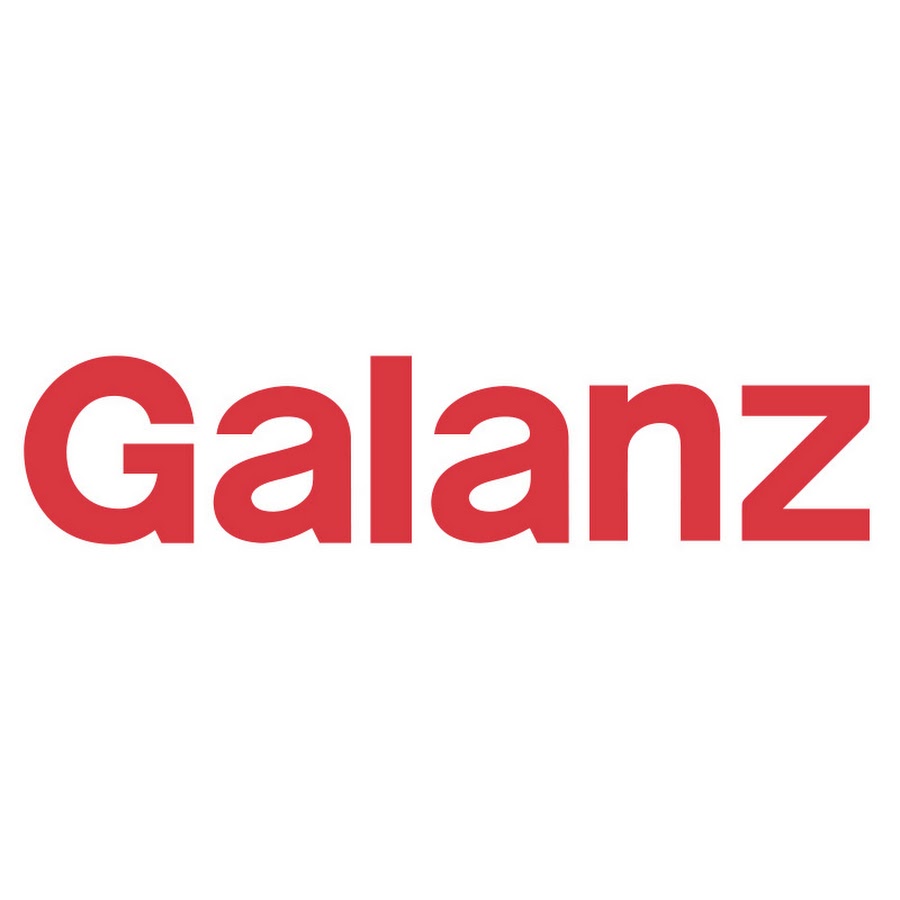

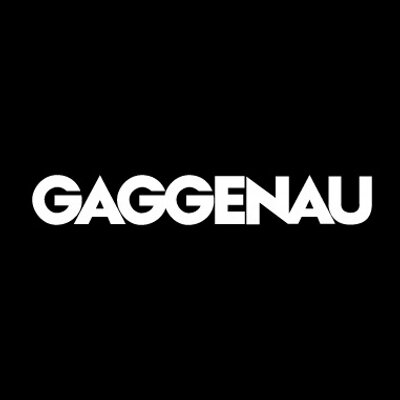
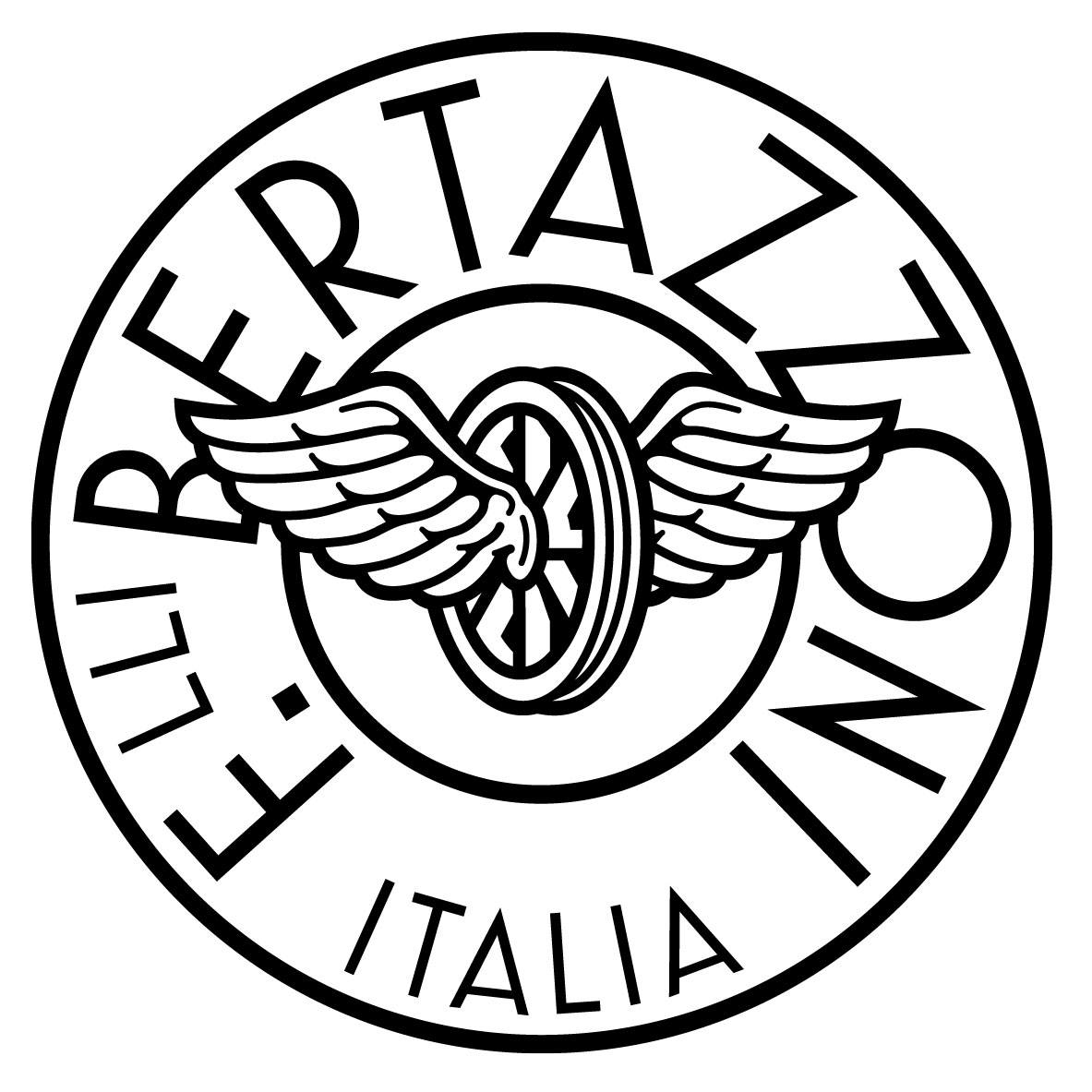






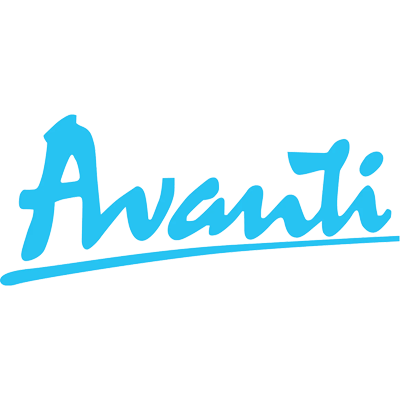























.svg.png)


ZIP coverage — Brooklyn, Manhattan & select Queens
Use the ZIP code checker to see if we can come out to your building. If your ZIP is listed, we can usually offer same-day or next-day appliance repair, depending on parts and schedule. If your ZIP code is outside our current service area, you can still reach out — in some cases we may be able to help, or recommend a trusted partner nearby.
Primary Services
See the full catalog of our services—organized by brand and by appliance—right here.



































.svg.png)








.png)

.png)
